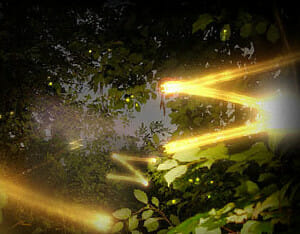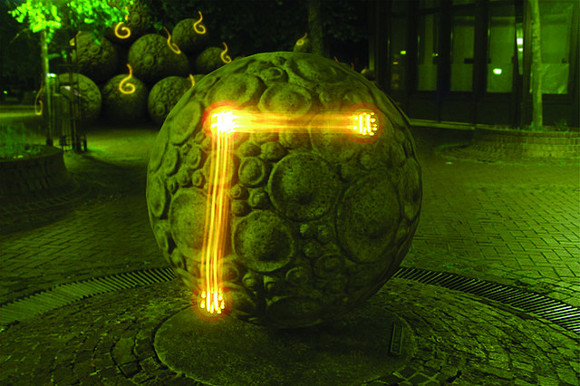
From the psycho-sexual phantasmagoria of the Silent Hill series to the nightmarescapes of Sanitarium to countless amnesiac protagonists unraveling the riddles of identity, videogames have a long tradition of creating compelling narratives out of psychological damage and healing. It is a shame that Trauma is not part of that storied (ahem) institution.
A Flash-based point and click adventure game from independent German developer Krystian Majewski, Trauma is ostensibly the story of a woman recovering from a car crash (the crash itself, the game’s opening cinematic, is an artful memory of an accident and is Trauma’s very best moment). The story is concerned with a therapist navigating the woman’s recurring dreams to suss out details of her past and her identity, but why these aspects of her personal history are important to her recovery from something as random as a car wreck is never explained.
Much of Trauma hangs on the ambiguity of its dream stuff. The atmosphere is thick and surreal, underscored by a minimal but moody soundtrack. You wander around a city plaza, a deserted road, an abandoned building and an overgrown hillside, clicking through a shadowy world made of subtly altered photographs. In this, the game feels very much like a borderland of reality.
The action of the game is played out through four very light puzzles, each tied to a specific gesture mechanic – lifting boulders, clearing drains, cutting hedges and capturing ghosts. An additional element involves finding Polaroids hidden around the environment, some of which provide a glimpse of insight into the mystery, but most simply illustrating new gestures for navigating the world.
The gesture commands are a novel interface for a point and click adventure. You simply click and drag the simple symbols across the scene, leaving behind a glowing streak like a flashlight in a long exposure photograph. It works particularly well when interacting with the main story, but fell a bit flat when moving through environments (clicking the mouse the old school way always felt much more expedient).

There is no real challenge to the puzzles, though, the focus being more on experience and interpretation. The experience, however rich it may be, is regrettably short — the main game can be completed, with keen clicking, in less than an hour. Secondary objectives for each of the four scenarios nearly double the play time.
Meanwhile, interpreting the dreams is no easy feat. Trauma’s imagery, while intriguing, seems unmoored from traditional visual symbolism, making intuitive leaps difficult. Connections between the woman’s observations and the artifacts of her past are obscure at best and often non-existent.
Stringing together a cohesive narrative from the puzzle pieces presented by the game is nigh-impossible. Majewski was no doubt striving to create something open to a wide variety of interpretations, but what was meant to be ambiguous winds up simply being meaningless.
Trauma is a curiosity — a bauble, at first beautiful and beguiling, that quickly loses its lustre. As a story it is thin, with the player knowing no more at the end of the game then they did at the beginning. As a game it is simplistic, leaving the player untested.
And sadly, as art, it is an empty vessel. Trauma strives to be profound while saying nothing.
Trauma was developed by Krystian Majewski. It is available for PC through http://www.Traumagame.com and Steam.
Stu Horvath is the man behind the geek culture website Unwinnable. He has written for the New York Daily News, Complex, Kill Screen Magazine, Wizard Magazine, Crispy Gamer, and Joystiq.